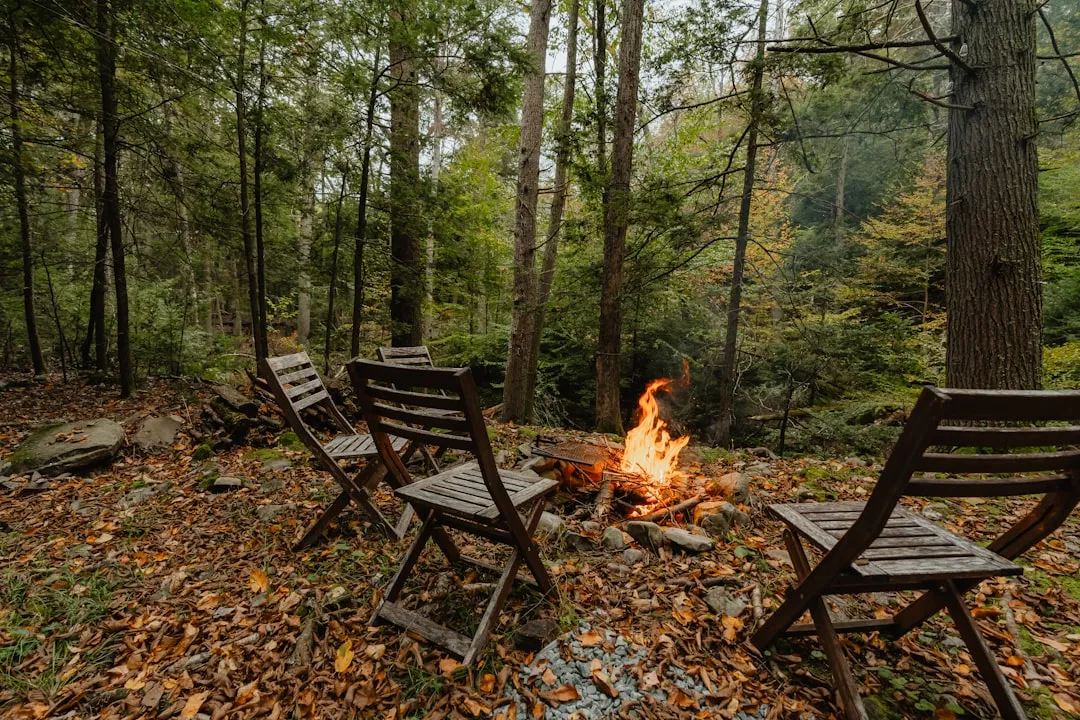The Art of Tree Planting Unveiled

Planting a tree is not just a simple act; it's a commitment to nature and a step towards a greener future. With the right knowledge and a bit of guidance, anyone can master the art of tree - planting, and that's where the expert tips from our BHG Test Garden come in handy.
First and foremost, choosing the right tree for your location is crucial. Different trees have different requirements in terms of sunlight, soil type, and water. For instance, if you have a spot in your garden that gets a lot of sunlight throughout the day, a tree like an oak or a maple might thrive there. These trees are known for their love of full - sun exposure. On the other hand, if your area is mostly shaded, a dogwood or a serviceberry could be a better choice as they can tolerate lower light conditions.
Once you've selected the perfect tree, it's time to prepare the planting site. Start by digging a hole that is two to three times wider than the root ball of the tree. However, the depth of the hole should be just the same as the height of the root ball. This ensures that the tree has enough room for its roots to spread out horizontally, which is essential for its long - term stability and growth. Loosen the soil at the bottom and around the edges of the hole to make it easier for the roots to penetrate.
When it comes to removing the tree from its container, be gentle. If it's a container - grown tree, carefully slide it out. For balled - and - burlapped trees, cut away the burlap and any wire or string around the root ball. If the roots are circling the root ball, use a sharp knife to make a few vertical cuts to encourage them to grow outwards rather than in a circular pattern.
Place the tree in the center of the hole, making sure it is straight. Backfill the hole with the soil you removed, tamping it down gently as you go to eliminate air pockets. Water the tree thoroughly after planting. This helps to settle the soil around the roots and provides the necessary moisture for the tree to start its new life in your garden.
After planting, proper care is essential for the tree's survival and growth. Mulching is a great way to conserve moisture, suppress weeds, and regulate soil temperature. Apply a layer of mulch around the base of the tree, but make sure to keep it a few inches away from the trunk to prevent rot. A layer of 2 - 4 inches of organic mulch, such as wood chips or shredded bark, is ideal.
Watering is another critical aspect of tree care. Newly planted trees need regular watering, especially during the first year. The frequency of watering depends on various factors such as weather conditions, soil type, and the species of the tree. In general, water deeply and infrequently rather than giving the tree a light sprinkle every day. This encourages the roots to grow deeper into the soil.
Pruning is also important for shaping the tree and removing any damaged or diseased branches. However, it's important to prune at the right time. For most trees, the best time to prune is during the dormant season, which is usually in late winter or early spring. This minimizes stress on the tree and allows it to heal quickly.
Fertilizing can also contribute to the healthy growth of the tree. However, it's important not to over - fertilize. A soil test can help you determine the nutrient needs of your tree. Based on the results, you can choose the appropriate fertilizer and apply it at the right time.
By following these expert tips from our BHG Test Garden, you can ensure that your tree planting experience is a success. Whether you're a seasoned gardener or a beginner, anyone can learn how to plant a tree the right way and contribute to the beauty and health of our environment.
Remember, every tree you plant is a step towards a more sustainable and beautiful world. So, roll up your sleeves, grab your gardening tools, and start planting!